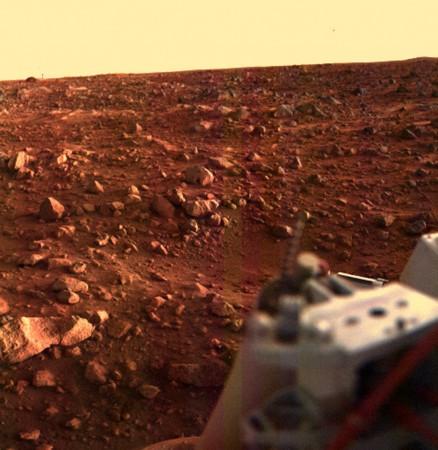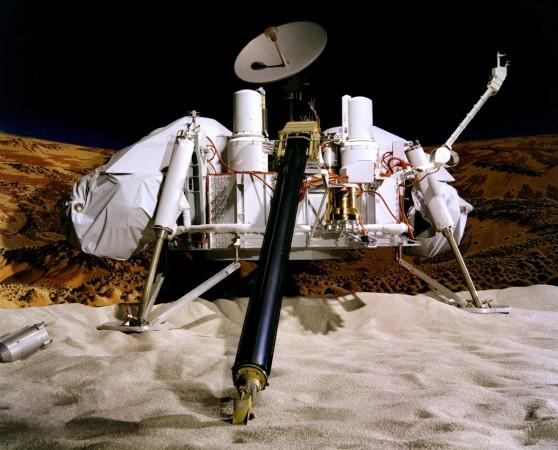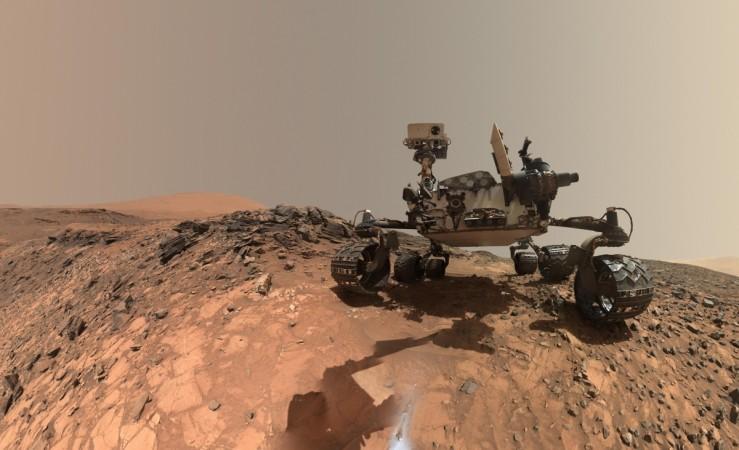
The discovery and identification of complex organics on Mars might have just happened about 4 decades ago but NASA might have accidentally destroyed the samples before confirmation. Only last month, NASA finally confirmed the presence of complex "ancient organic" material in a now dried up and empty lake bed. This discovery made by Curiosity is the closest real evidence that points toward any form of life in Mars.
NASA landed a spaceship on the Red Planet in 1976 as part of the Viking mission. However, new evidence says that the space agency would have made this discovery then but they might have accidentally burned the evidence.
The Viking missions were to not only land on Mars, but also find evidence of life or at least find traces of organic molecules—molecules made of carbon and other elements that make up the basic building blocks of life. Seeing that Mars is constantly jabbed by meteors and space rocks, a lot of which should reach the surface, owing to its famously thin atmosphere, scientists in the 1970s were not pleased to have found no organics on Mars, notes a report by Space.com.
"It was just completely unexpected and inconsistent with what we knew," said Chris McKay, a planetary scientist at NASA's Ames Research Center.

One of the possible explanations for why the Vikings did not find anything on Mars could be because the samples could have gotten burnt while under analysis, notes the report. The Phoenix lander found perchlorate—a kind of salt that is used to make fireworks—on Mars in 2008.
This highly explosive chemical could be the reason why the Vikings could not identify the samples. Once the soil sampler picks up a sample, the chromatograph-mass spectrometer (GCMS), used to study the soil used heat to identify organics. If there was perchlorate in the soil, they would have burned just about any organic material before they are identified, notes the report.
Having said that, the 2008 perchlorate finding actually reignited the search for organics, say astronomers, but that also did not mean that the samples were burned off by the explosive salts. So, the search continued.
Further investigations into the Viking sample and results from it show that the lander was able to identify chlorobenzene. This is a compound that could have formed as a result of burning organic material in soil. This led scientists to dig deeper to find more evidence on whether the Vikings actually found and then burnt the evidence.
Scientists, however, are still not certain or fully convinced that the Vikings actually found organics. The researchers who were part of this investigation are still divided. For all they know, the particles could have travelled from Earth on board the lander, some of them say. This is another reason why space protection principles need to be in place.
The study was first published in the Journal of Geophysical Research.


















